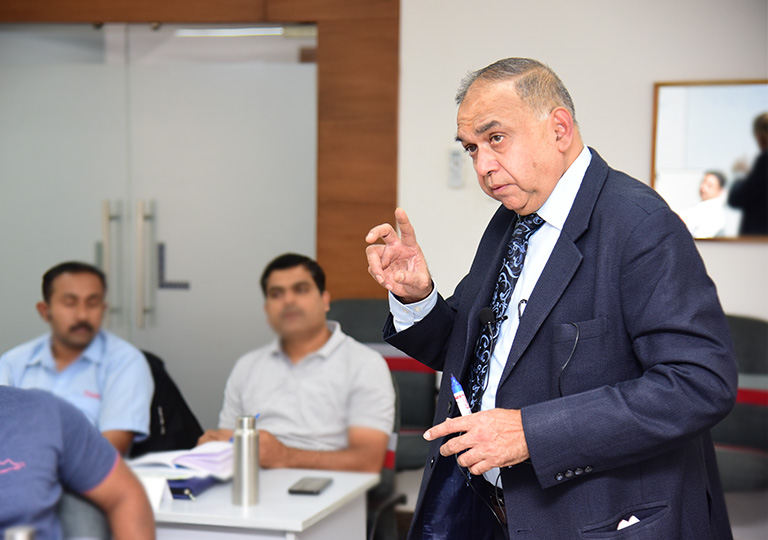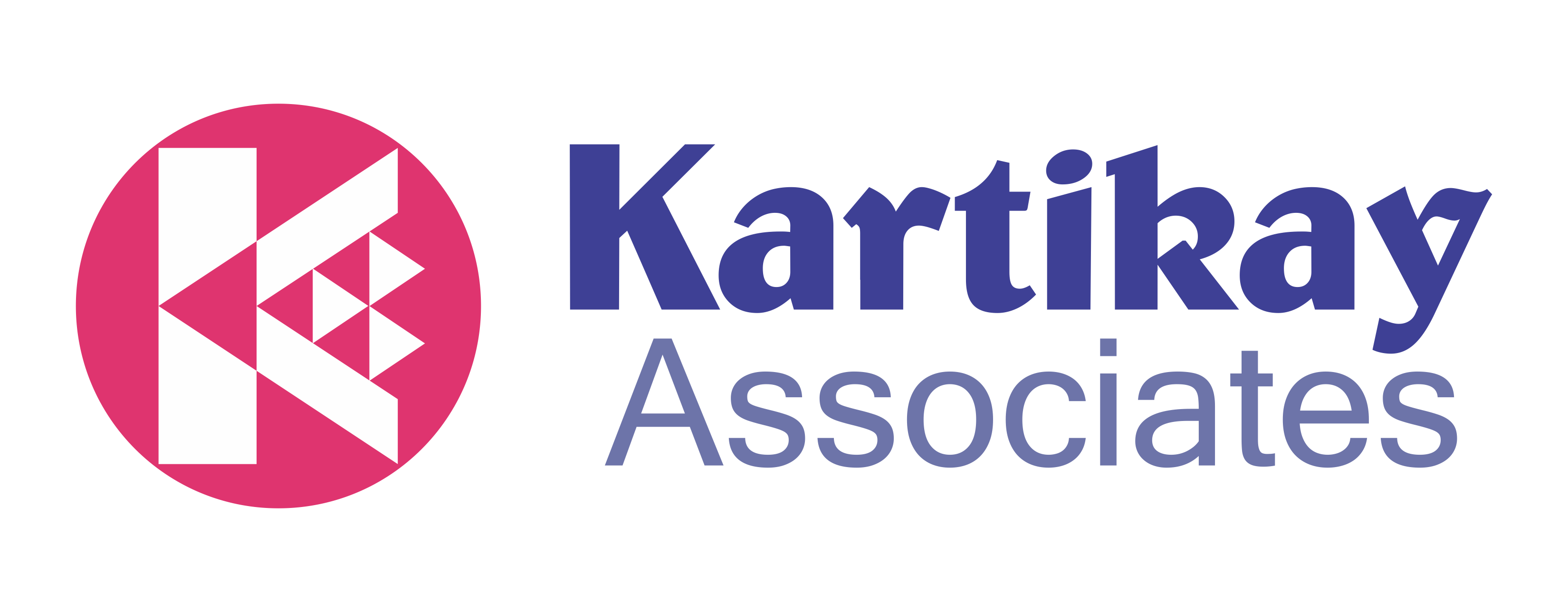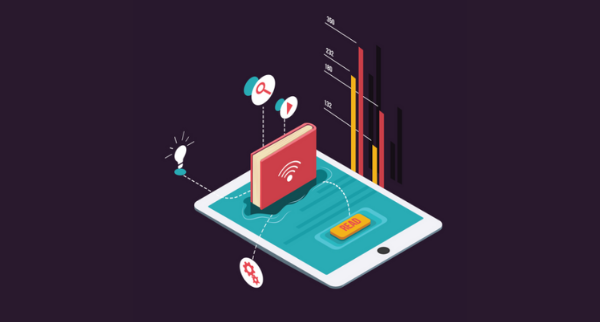So much has changed in the last few months. The world as we know went into shutdown mode and we were all left at homes with little to no time to adapt to the rapidly changing situation. Impressively enough, we have and still continue to adjust to the new normal all the while, actively leveraging the many benefits of virtual learning & development.
To put this shift in behavior into perspective let us look at some of the reasons for the shift in the first place.
What ‘The New Normal’ means in the job market
Some of the “new” normal competencies expected in the job market of today is: –
a. Agility
b. Resilience
c. Adaptability
d. Collaborative skills combined with empathy
e. Digital Skills.
This means that one has to continuously upgrade one’s knowledge, upskill in newer areas while enhancing or maintaining physical fitness. Accordingly, participating in many of the webinars, some free and some paid has become normal.
Additionally, with remote working becoming prevalent and reduction in social engagement – there is an emergence of revised structures and revised roles- This has led to job enlargement and job enrichment which calls for re-skilling and up-skilling.
The reducing ‘Generation Gap’
We are seeing that generational differences have disappeared – behind the screen we may have a baby boomer, Gen X or Gen Z sitting and learning to grasp new skills. Overall, the thirst for new knowledge has increased.
Job Security is Compromised
Job security aspects may be an issue – hence employability enhancement has become an imperative. From 9-5 jobs – in many instances – we have moved to entrepreneurship (start-ups), gig working, and other new formats of employment. Freelancing and collaborative working are keys to success – hence the need for more learning & development.
The Spike in Digital Learning
Digital learning has seen a spike – classroom sessions are getting replaced with virtual instructor-led sessions & e-learning modules – the need for new-age skills like AI, Machine Learning, Analytics in all functions, has become a must. Access to knowledge and hence learning has become easier and, in some cases, more economical.
What this means
Thus, one can see that the trend towards increased learning & development is not going to abate in the near future, however, its nature may change from episodical to continuous.
About the Author

Dr. Krishnamurthy Iyer is a seasoned industrial engineer turned HR professional, with an established track record in change management, organizational diagnostics, and integration of HR processes with business strategies.
He possesses a versatile combination of human and industrial engineering skills with an experience spanning over 40 years in the human factor and effectiveness enhancement, as a natural trainer, facilitator & galvanizer of people, influencing team synergy and concerted action for results, with specialization in individual and team development and organization development.




